AI will chew through the same amount of energy as Japan by 2030
International Energy Agency warns about impact of AI on energy use, but says there's time to take action


The energy demand of AI data centers will top that of Japan by the end of the decade, new research shows – and that’s providing that energy grids can even keep up.
A new report from the International Energy Agency (IEA), which sought to quantify the impact of AI on energy networks, noted that investment in data centers has nearly doubled since 2022, with data center electricity use up by 12% since 2017.
That's set to double by 2030, largely driven by the rise of AI as the tech industry steams ahead with adoption.
"Global electricity demand from data centers is set to more than double over the next five years, consuming as much electricity by 2030 as the whole of Japan does today," said IEA Executive Director Fatih Birol.
Varied demand
The IEA report noted that a typical AI data center consumes as much electricity as 100,000 households — but the largest under construction now may chew through 20 times as much.
However, the report noted that data centers are just one driver behind the growth of global electricity demand, making up about one-tenth of that demand — less than industrial motors, air conditioning, and electric vehicles.
Developing economies may see less impact from data centers, as their electricity demand growth was already high; advanced economies, which had largely stagnant electricity demand, will experience a more dramatic impact.
Get the ITPro daily newsletter
Sign up today and you will receive a free copy of our Future Focus 2025 report - the leading guidance on AI, cybersecurity and other IT challenges as per 700+ senior executives
"The effects will be particularly strong in some countries," Birol added. "For example, in the United States, data centers are on course to account for almost half of the growth in electricity demand; in Japan, more than half; and in Malaysia, as much as one-fifth."
The report noted that in the US, by the end of the decade, data centers will use more electricity than aluminum, steel, cement, chemicals, and all other energy-intensive goods combined.
Energy grids are creaking
The IEA warned that strain on electricity grids could delay as many as a fifth of data center projects, noting that there are already long waits for connecting to grids and access to critical grid components such as transformers and cables. For gas generation, turbine deliveries already face lead times of several years.
"If the electricity sector does not step up, there is a risk that meeting data center load growth could entail trade-offs with other goals such as electrification, manufacturing growth or affordability," the IEA said.
This isn’t an issue isolated to the US, either. Last year, the head of the UK’s National Grid warned the country’s energy network was already struggling to keep up with rising demand - and that’s a trend expected to continue across the decade unless major investment is secured to facilitate upgrades.
One solution presented by the IEA included choosing better locations for new data centers, looking for opportunities in areas with power and grid availability.
"Grid operators could also examine incentives to locate data centers in areas where grids are less constrained," the IEA said. "We find that 50% of data centers under development in the United States are in pre-existing large clusters, potentially raising risks of local bottlenecks.
Beyond those direct concerns, the IEA also warned about security. Attacks on critical national infrastructure have increased rapidly in recent years, and with data centers now representing a crucial cog in the modern economy, the risks are growing.
"Cyber attacks on energy utilities have tripled in the past four years and become more sophisticated because of AI," the IEA said in a post. "At the same time, AI is becoming a critical tool for energy companies to defend against such attacks."
AI could be the curse and the cure
AI could help address some of these challenges by optimizing existing sources, reducing consumption, and boosting grids — such efforts are already in place, with the UK government's AI Energy Council tapping AI leaders including Microsoft, Google, and Amazon to help tackle local energy concerns.
The report said that AI-based fault detection could reduce outage durations by 30-50%, while remote sensors paired with AI management could increase the capacity of existing transmission lines.
"Up to 175 gigawatts (GW) of transmission capacity could be unlocked if these tools are applied, without any new lines being built," the report said.
Perhaps highlighting the impact of AI, the IEA also unveiled a new AI agent to help answer questions on the report's contents, though it warns that "AI can make mistakes, and you should verify the answers independently with the original source materials."
MORE FROM ITPRO
- Data centers are growing in size and number as AI prompts widespread global expansion
- What does a data center look like in the AI era?
- Europe needs more energy and better grids to meet data center power demands in the age of AI
Freelance journalist Nicole Kobie first started writing for ITPro in 2007, with bylines in New Scientist, Wired, PC Pro and many more.
Nicole the author of a book about the history of technology, The Long History of the Future.
-
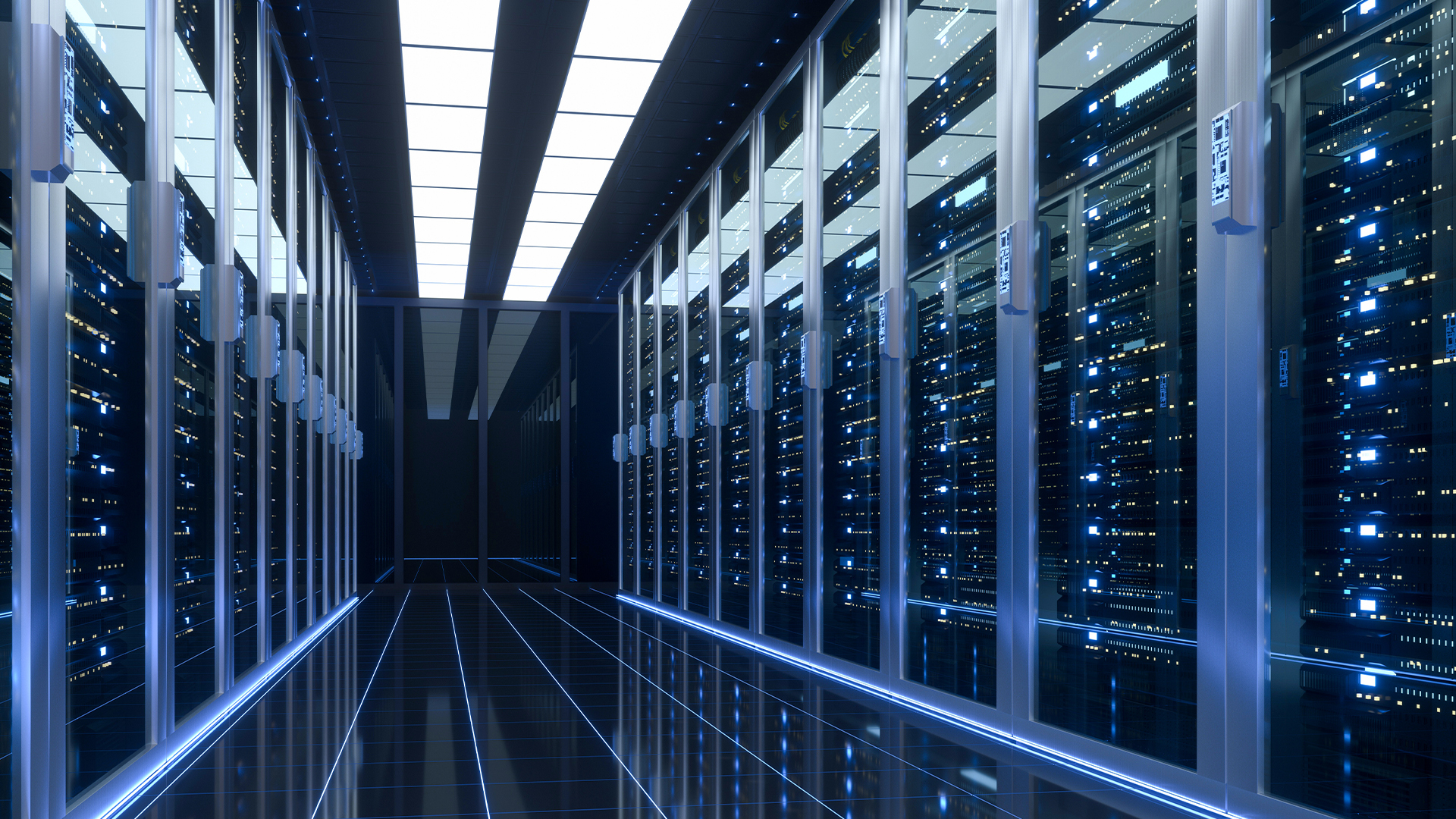 Enterprises face delicate balancing act with data center sustainability goals
Enterprises face delicate balancing act with data center sustainability goalsNews High energy consumption, raw material requirements, and physical space constraints are holding back data center sustainability efforts, according to new research from Seagate.
By Emma Woollacott
-
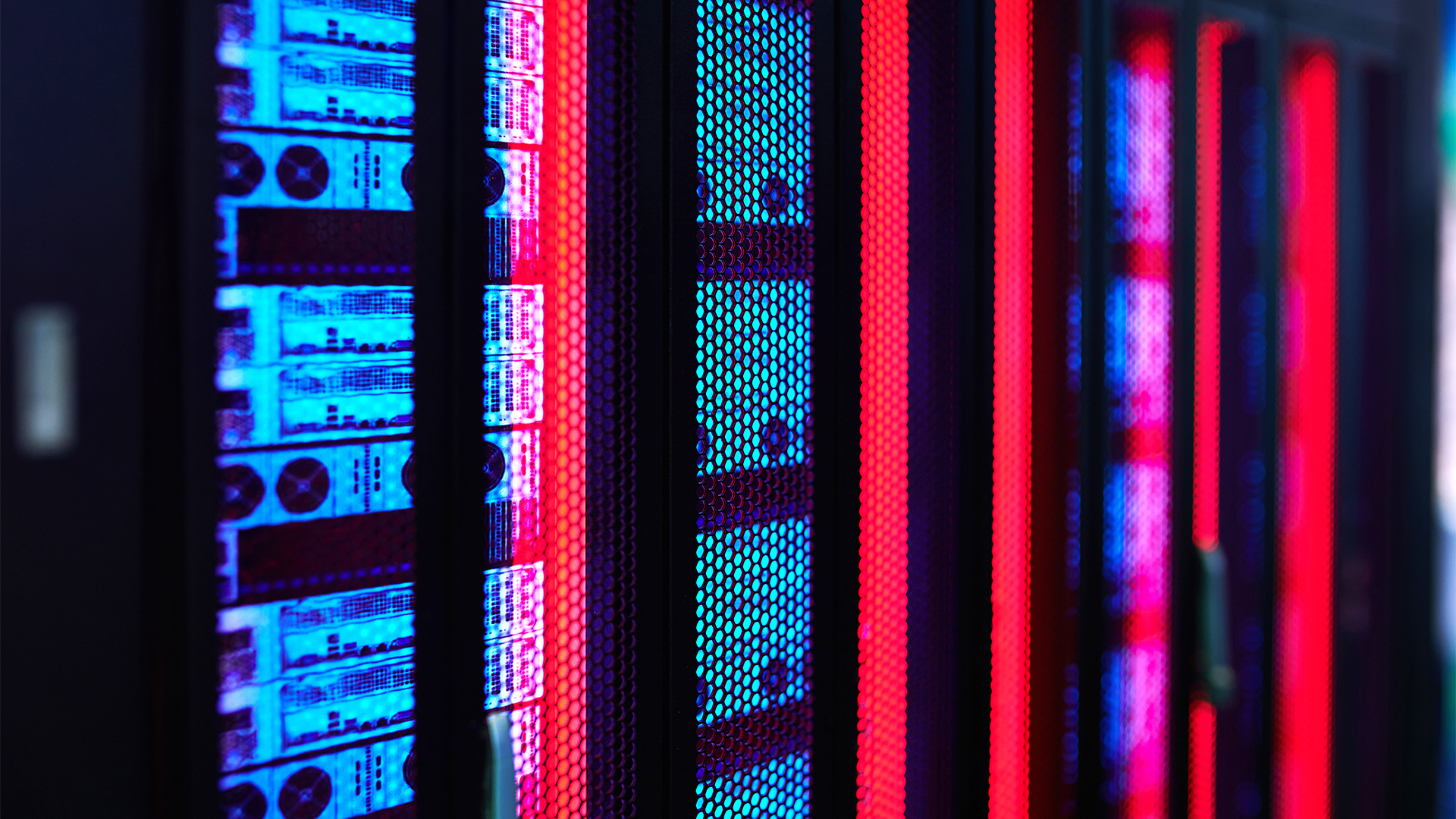 Tech giants called in to help tackle UK’s AI energy concerns
Tech giants called in to help tackle UK’s AI energy concernsNews The UK government is holding talks with Microsoft, ARM, Google, and Amazon in the first meeting of the new AI Energy Council.
By Emma Woollacott
-
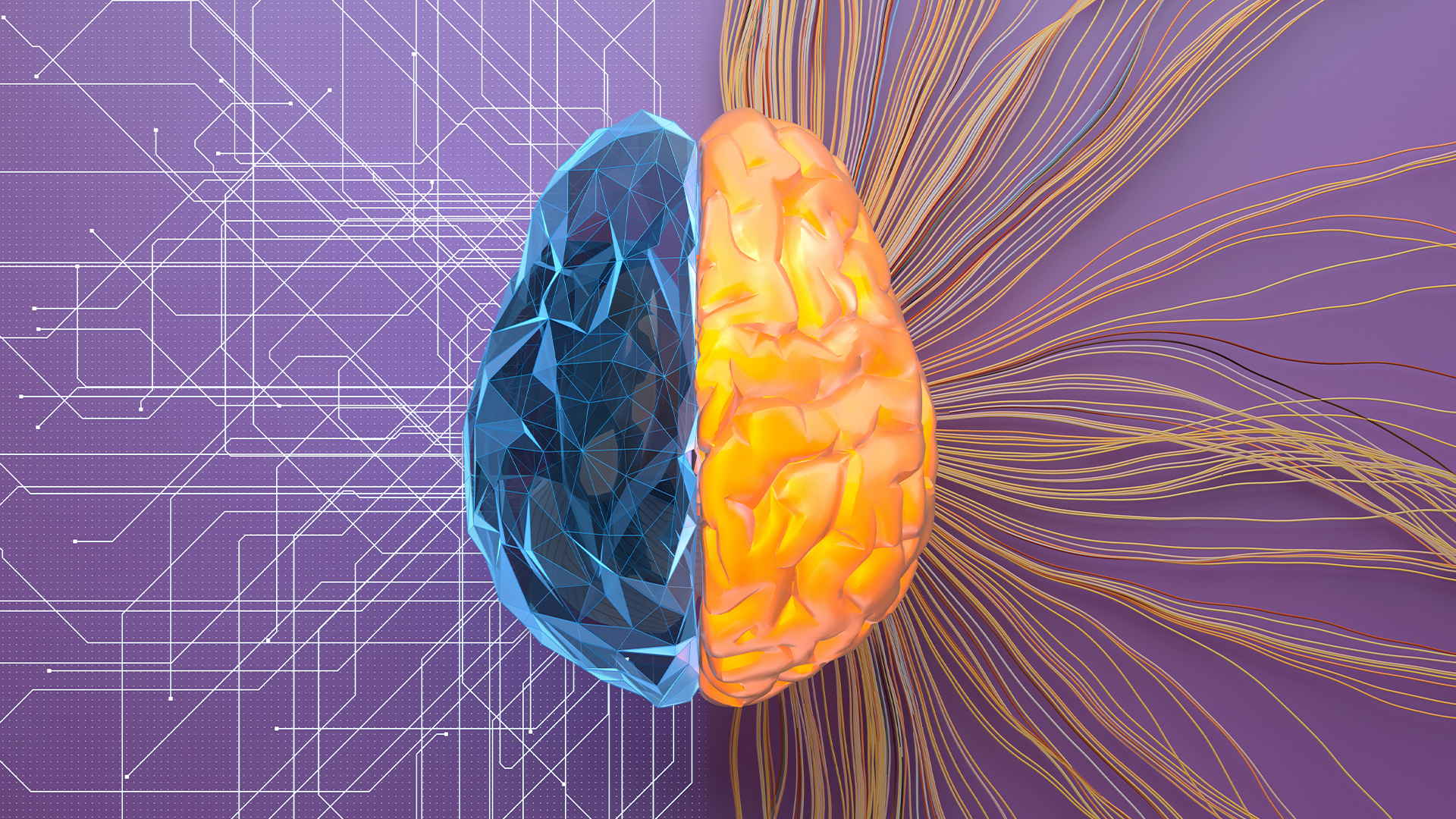 National Grid investment wing backs AI startups to boost energy efficiency
National Grid investment wing backs AI startups to boost energy efficiencyNews National Grid Partners, the venture capital and innovation arm of the UK utility firm, has unveiled plans to invest $100 million in AI startups in the energy field.
By Emma Woollacott
-
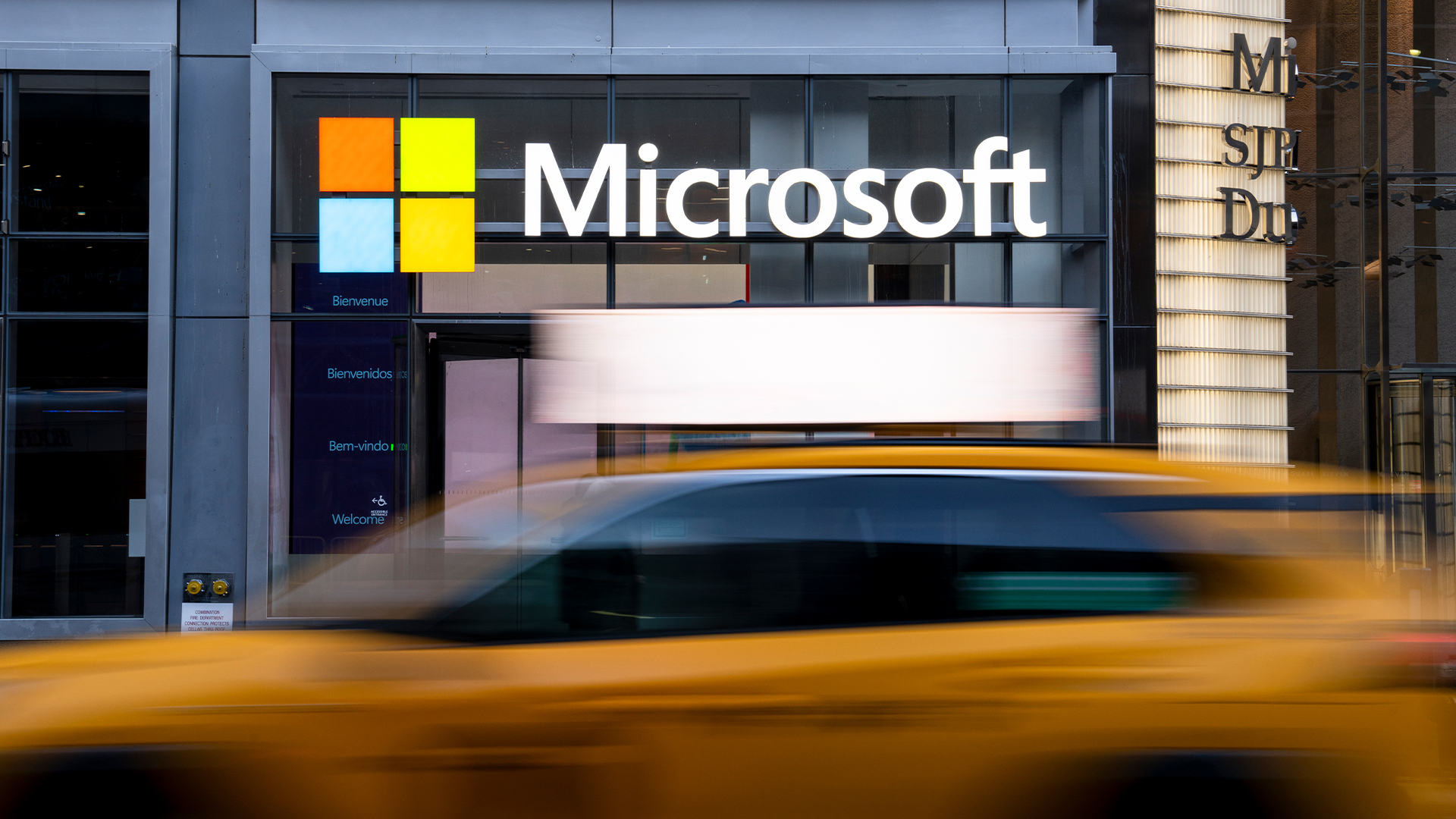 Analysts think Microsoft's data center rollback is bad news for the AI boom – but the company says not to worry
Analysts think Microsoft's data center rollback is bad news for the AI boom – but the company says not to worryNews Microsoft has reportedly ended leases for a significant amount of data center capacity, sparking debate over whether the AI boom is starting to falter.
By Nicole Kobie
-
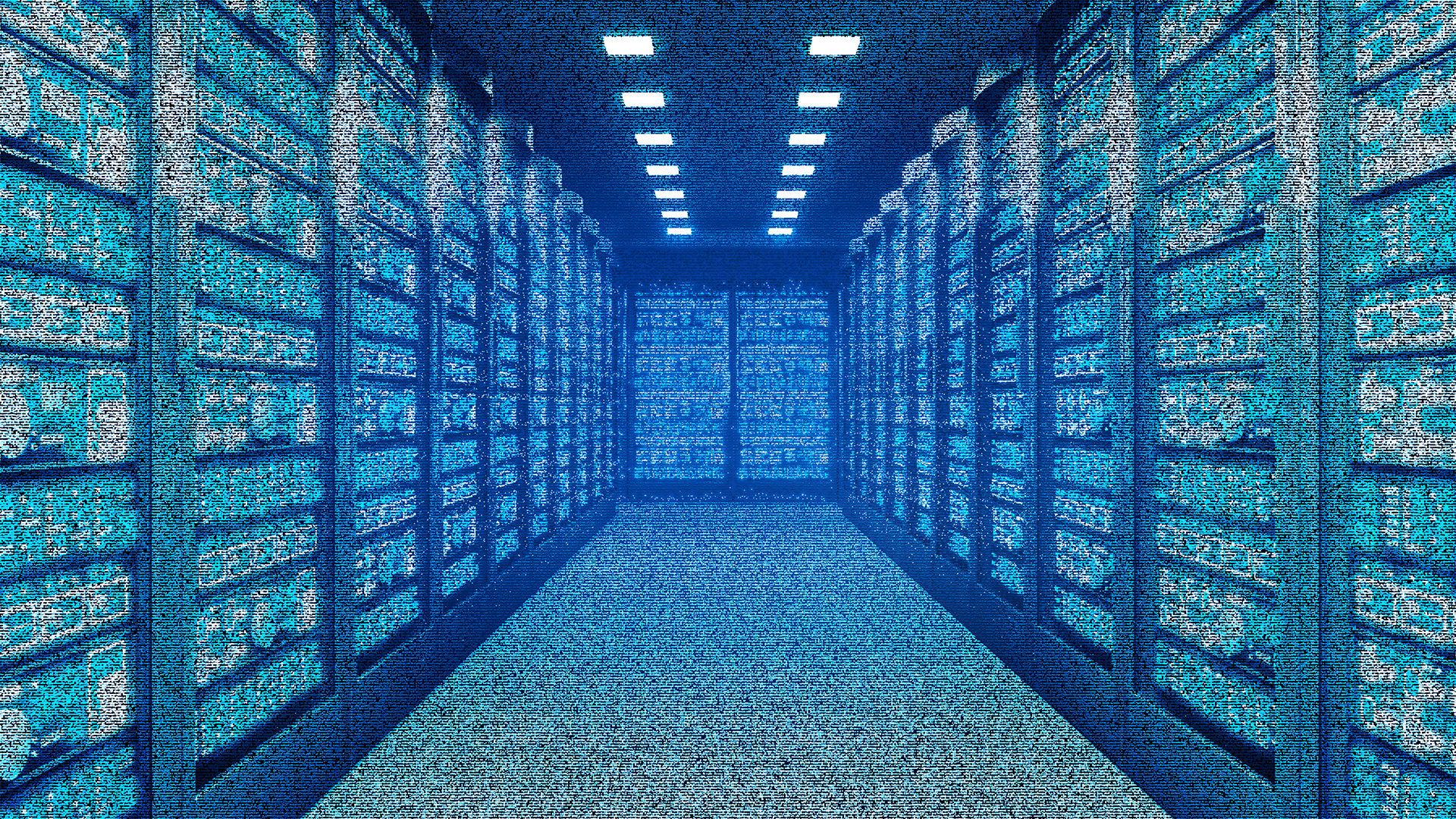 Scientists say they can cut data center energy use by changing just a few lines of code
Scientists say they can cut data center energy use by changing just a few lines of codeNews Researchers at Canada's University of Waterloo have found a way to reduce data center energy use by making alterations to the Linux Kernel to improve network traffic processing.
By Emma Woollacott
-
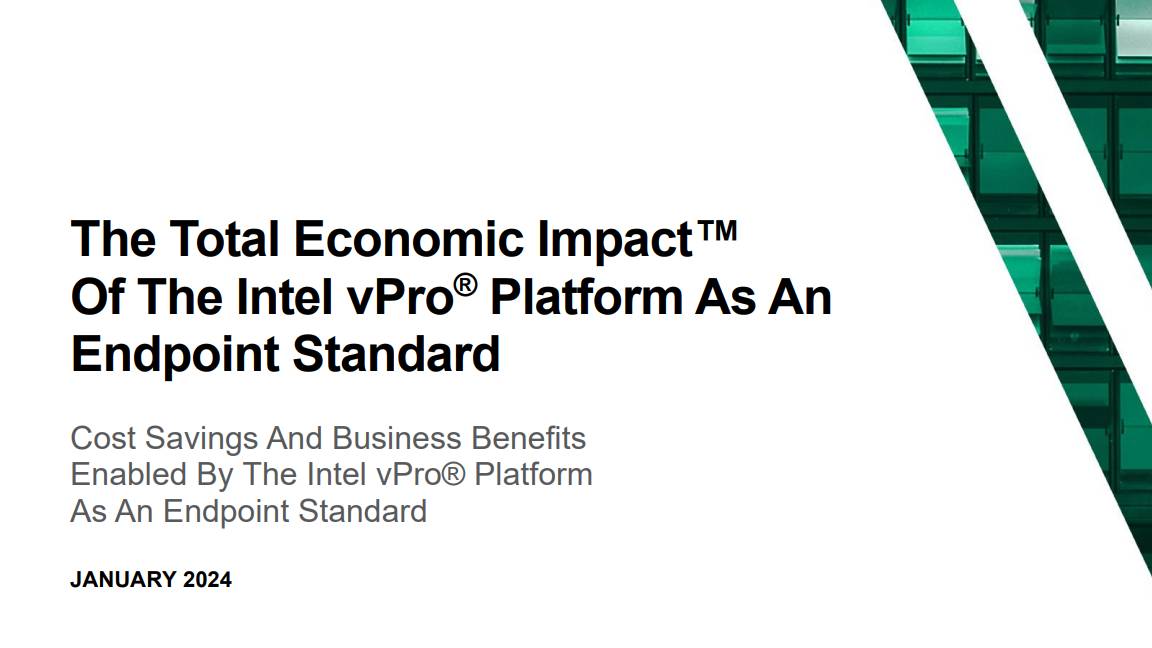 The Total Economic Impact™ of the Intel vPro® platform as an endpoint standard
The Total Economic Impact™ of the Intel vPro® platform as an endpoint standardwhitepaper Protection across AI attack vectors
By ITPro
-
 Testing the Value of Dell™ PowerEdge™ R750 Servers with Windows Server® 2022 Preinstalled
Testing the Value of Dell™ PowerEdge™ R750 Servers with Windows Server® 2022 Preinstalledwhitepaper Protection across AI attack vectors
By ITPro
-
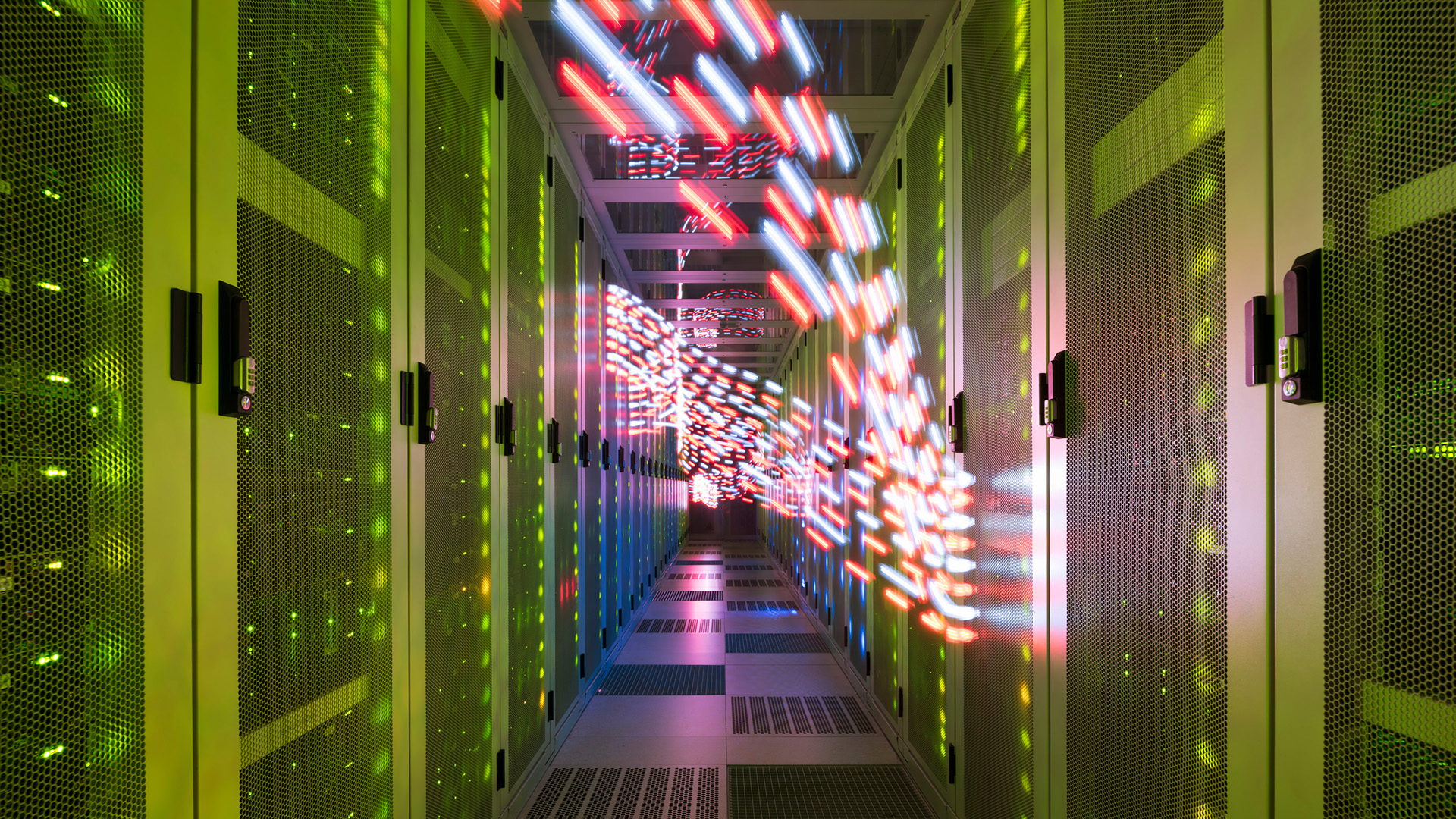 “Significant concerns” raised over impact of data center growth on regional energy grids
“Significant concerns” raised over impact of data center growth on regional energy gridsNews Scenarios for AI energy consumption in the next decade show potential capacity issues
By Solomon Klappholz

